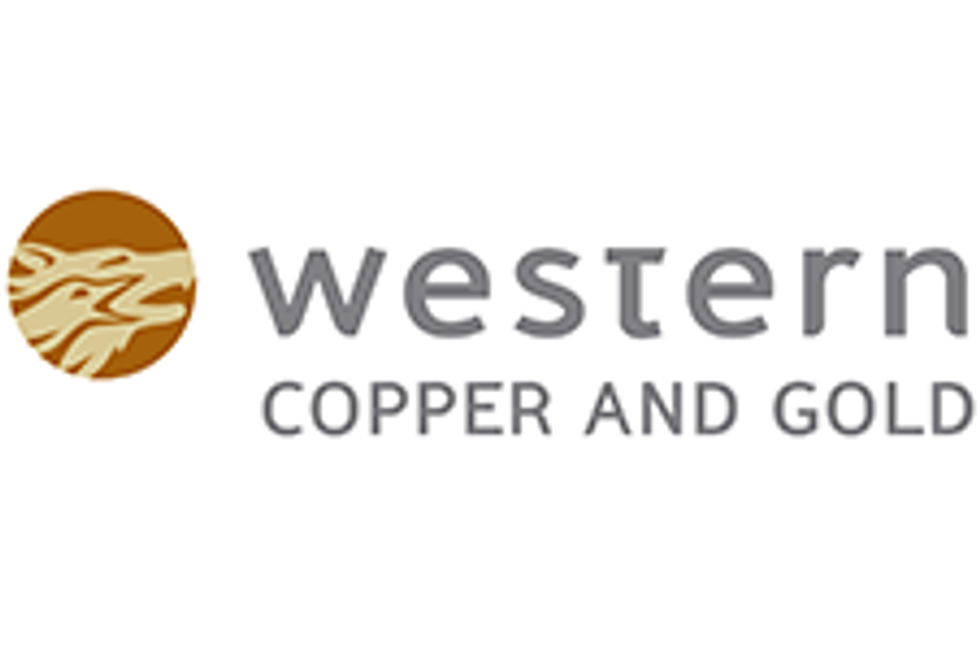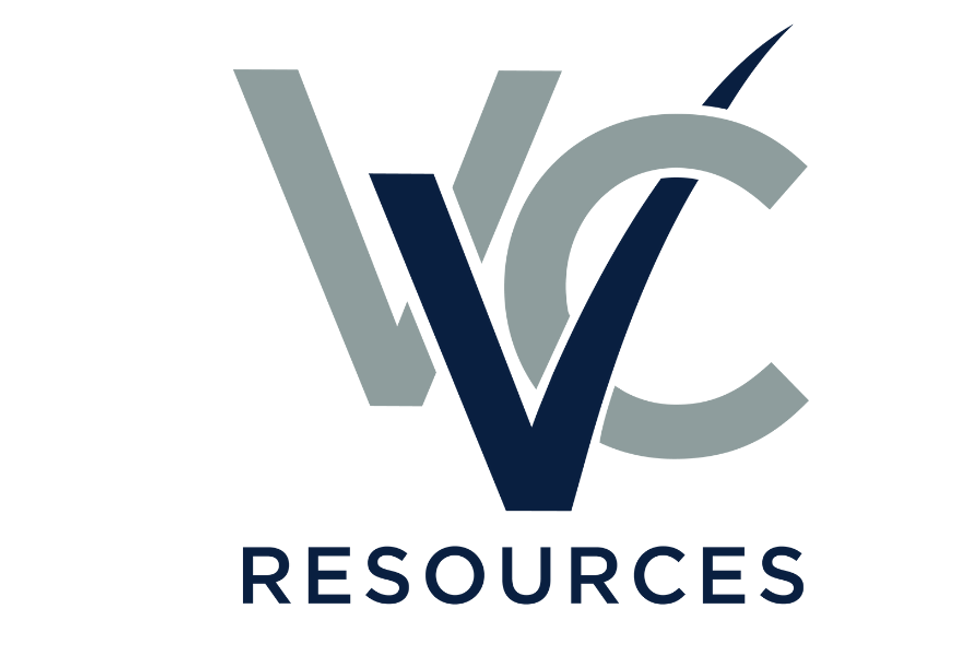- AustraliaNorth AmericaWorld
Investing News NetworkYour trusted source for investing success
- Lithium Outlook
- Oil and Gas Outlook
- Gold Outlook Report
- Uranium Outlook
- Rare Earths Outlook
- All Outlook Reports
- Top Generative AI Stocks
- Top EV Stocks
- Biggest AI Companies
- Biggest Blockchain Stocks
- Biggest Cryptocurrency-mining Stocks
- Biggest Cybersecurity Companies
- Biggest Robotics Companies
- Biggest Social Media Companies
- Biggest Technology ETFs
- Artificial Intellgience ETFs
- Robotics ETFs
- Canadian Cryptocurrency ETFs
- Artificial Intelligence Outlook
- EV Outlook
- Cleantech Outlook
- Crypto Outlook
- Tech Outlook
- All Market Outlook Reports
- Cannabis Weekly Round-Up
- Top Alzheimer's Treatment Stocks
- Top Biotech Stocks
- Top Plant-based Food Stocks
- Biggest Cannabis Stocks
- Biggest Pharma Stocks
- Longevity Stocks to Watch
- Psychedelics Stocks to Watch
- Top Cobalt Stocks
- Small Biotech ETFs to Watch
- Top Life Science ETFs
- Biggest Pharmaceutical ETFs
- Life Science Outlook
- Biotech Outlook
- Cannabis Outlook
- Pharma Outlook
- Psychedelics Outlook
- All Market Outlook Reports
Rights Issue and Shortfall
Australia’s Copper and Mining Hopes Expected to be Staggered
Thanks to its profitable mining giants, Australia has been able to thwart much of the pain that has plagued other governments worldwide. Looking ahead, though, mining groups are increasingly wary of investing too much too fast in mega-projects, and a slowdown in developing major copper mines may be on the horizon.
By Shihoko Goto — Exclusive to Copper Investing News
 Repercussions of Europe’s economic woes and renewed worries about the strength of US recovery are rippling Down Under as Australia’s central bank cuts back the nation’s growth and inflation projections. Still, the Reserve Bank of Australia expects the mining industry to remain robust. The question, however, is how Australia’s mining giants will be able to balance investing in major projects, especially in copper mines, whilst ensuring lucrative returns for investors.
Repercussions of Europe’s economic woes and renewed worries about the strength of US recovery are rippling Down Under as Australia’s central bank cuts back the nation’s growth and inflation projections. Still, the Reserve Bank of Australia expects the mining industry to remain robust. The question, however, is how Australia’s mining giants will be able to balance investing in major projects, especially in copper mines, whilst ensuring lucrative returns for investors.
According to the Reserve Bank of Australia’s latest quarterly statement on monetary policy, which was released last week, there is an “ongoing boom in mining investment,” and “[t]his strength is anticipated to provide some stimulus to a number of other sectors and in regions where the mining investment is most concentrated.” So even as the central bank cut back its GDP projection to 3.0 percent this year and next, it noted that “the mining sector remains exceptionally strong, with work progressing on the very large pipeline of committed projects and capital imports rising.”
Certainly, the government has acknowledged the pivotal role that major mining groups, including BHP Billiton (ASX:BHP) and Rio Tinto (ASX:RIO), play in lining its coffers, with 450 billion Australian dollars’ worth of resource investment in the pipeline. Mining and energy companies are expected to invest a record 120 billion Australian dollars in the upcoming fiscal year, according to the government. Indeed, Australia’s treasurer, Wayne Swan, made clear this week in unveiling the latest national budget that the government will do its part to ensure that the mining sector remains robust, as profitable companies have been given a lower tax rate through deductions on capital spending.
Yet there are concerns that Prime Minister Julia Gillard is putting too much at stake on the future growth of the mining sector, which may actually be more cautious about investing heavily moving forward.
Australia is facing a “credit bubble built on a commodity bull market based on a much bigger Chinese credit bubble,” according to Albert Edwards, a strategist with Societe Generale. “Of all the bubbles I have seen over the last 30 years in this industry, this one is even more obvious,” he said.
Mining giants themselves are also more wary about balancing their large-scale ambitions with meeting the financial needs of shareholders.
Earlier this month, both Rio Tinto and BHP Billiton suggested that they are reconsidering investment plans in an effort to lower risks amid rising costs and uncertain demand. Greater pressure from governments, particularly in developing countries, to tax mining companies as resource nationalism rises worldwide is also a concern.
“Each of you in this room want more money back. You want buybacks, you want dividends, you want special dividends. You don’t want us spending as much money….[w]e recognize that. We respect that,” Rio Tinto’s CEO, Tom Albanese, said at an investors’ conference in Sydney last week. Nevertheless, Albanese continued to stress the need for pumping money into projects such as the Oyu Tolgoi copper mine in Mongolia.
“The next five years is going to be a supply story; the last five years has been a demand story. I am not sure the economic forecasters have cottoned on to that observation yet,” Albanese said.
Meanwhile, according to the Financial Times, BHP’s head of aluminum, nickel, and corporate development, Alberto Calderon, said that the company will be staggering its expenditure in order to match its cash flows – which could slow down the development of mega-projects, including its Olympic Dam copper-uranium project – so as to maximize value, reduce risk, and balance short- as well as longer-term returns.
The Olympic Dam project has been slated to be taken to the board for approval this year, but BHP has stated that is will “live within its means.” Still, it is unlikely that the Olympic Dam project will remain a priority for BHP Billiton as it reportedly paid ten million Australian dollars for a package of tenements from Minotaur Exploration (ASX:MEP) this month in order to protect future exploration potential near the site. Analysts estimate that the company is looking for exploration licenses covering over 10,000 square kilometers around the Southern Australian project, which could cost about $30 billion.
Together, Rio Tinto and BHP are expected to account for about one-third of overall capital investment in the mining sector worldwide this year.
Granted, the Reserve Bank of Australia too identified a number of risks for the mining giants in the coming months, among them bad weather and disgruntled workers, which are all-too-common hurdles that mining groups both large and small are forced to confront regularly regardless of where they operate. In addition, the central bank acknowledged that Australia’s mining giants are being hit by a strengthening Australian dollar, which makes their products more expensive and thus less competitive in international markets. Sluggishness in consumer spending at home will also keep internal demand at bay.
The continued slide in copper prices may also keep major mining groups from investing aggressively in the red metal, especially as Europe’s economic outlook remains fragile and China has downgraded its growth projections for the year. Indeed, Citigroup expects worldwide spending in the overall mining sector to increase by only 13 percent in 2012.
With about ten percent of its GDP dependent on the mining sector, how Australian companies balance shareholders’ needs for greater returns with investing in ever-larger projects at home and overseas will be closely monitored by investors and government officials alike.
Securities Disclosure: I, Shihoko Goto, hold no direct investment interest in any company mentioned in this article.
Outlook Reports
Featured Base Metals Investing Stocks
Browse Companies
MARKETS
COMMODITIES
| Commodities | |||
|---|---|---|---|
| Gold | 2385.03 | +21.32 | |
| Silver | 28.86 | +0.73 | |
| Copper | 4.37 | +0.11 | |
| Oil | 85.52 | -0.14 | |
| Heating Oil | 2.66 | -0.02 | |
| Natural Gas | 1.69 | -0.08 | |
Investing News Network websites or approved third-party tools use cookies. Please refer to the cookie policy for collected data, privacy and GDPR compliance. By continuing to browse the site, you agree to our use of cookies.





